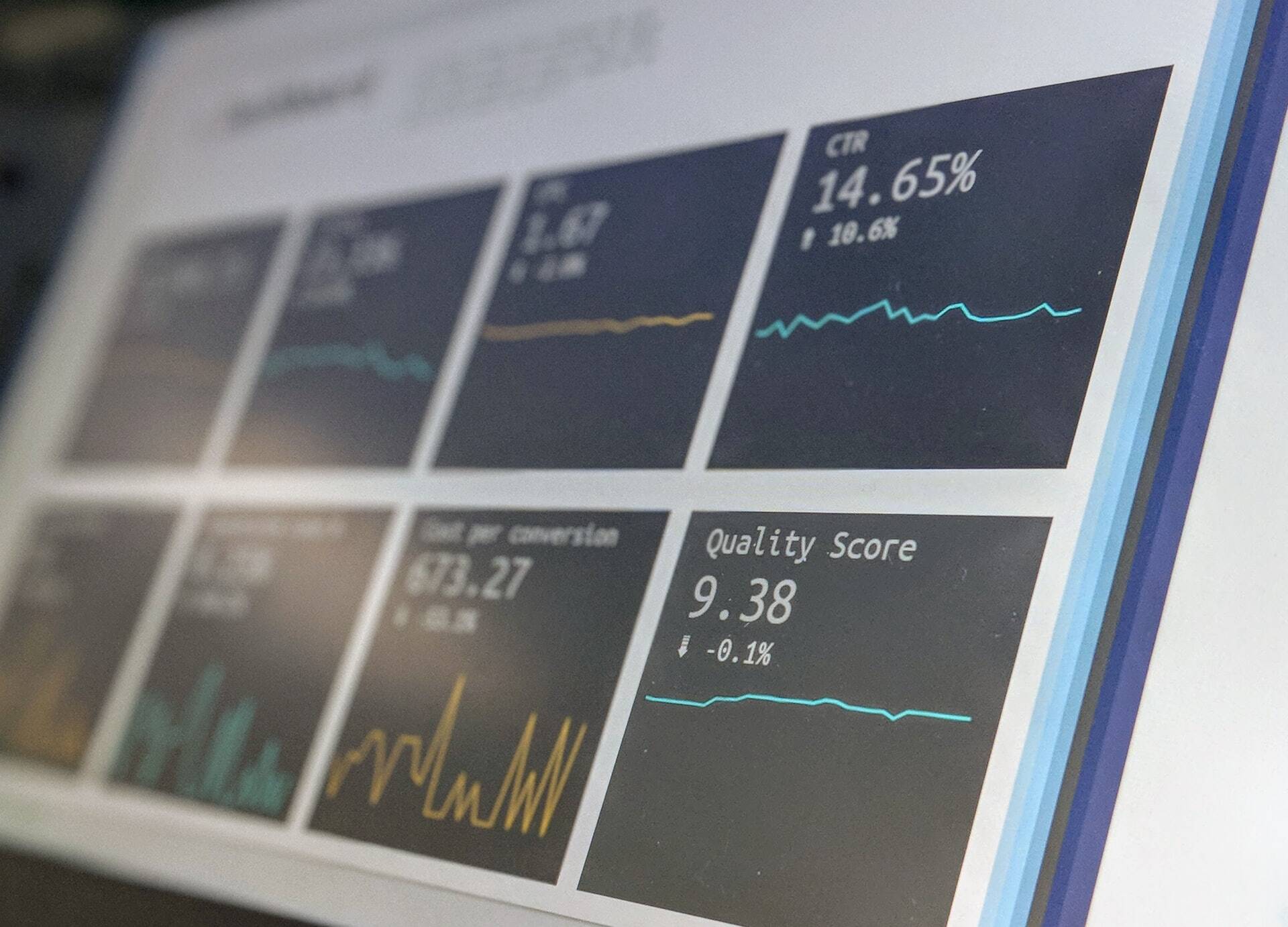With data usage booming more and more each year, it is only right that we consider data as a valuable asset in business and many other spheres of life. Through data, companies and individuals can generate useful insights that can truly make a difference in decision-making.
Due to the increasing popularity of this practice and therefore its widespread use in the business world, terms like “data analysis” and “data analytics” are often being used interchangeably. But, is it just a matter of spelling, or is there a difference between data analysis and data analytics? Let’s dive right in and define the two in order to understand them better.
What is Data Analysis?
 Among many definitions for data analysis, each of them defines it as a process that tackles data. But, what does it means to analyze data?
Among many definitions for data analysis, each of them defines it as a process that tackles data. But, what does it means to analyze data?
The process of data analysis focuses on cleaning, inspecting, transforming, and modeling data so that it can be transformed into meaningful and useful information. Data analysts usually analyze single, already prepared datasets.
As a process, it is part of a larger purpose: to find solutions through the information that we get from it. Data analysis is, therefore, one singular but very important aspect of data analytics.
Data analysis techniques
There are many ways in which we can approach data when it comes to its analysis. These are some of the techniques that you can choose from depending on what you want to achieve through the analysis of data.
- A/B testing – compares a control group with other tests groups.
- Data fusion and data integration – analyzes and combines data from multiple sources to develop accuracy.
- Data mining – extracts and discovers patterns from large data sets.
- Machine learning – automates analytical model building through computer algorithms.
- Natural language processing (NLP) – analyzes human languages through computer algorithms.
- Statistics – collects, organizes, and makes sense of data through surveys and experiments.
These are all various approaches through which you can analyze any set of data, to then interpret it through other tools which data analytics uses. But, what exactly are those and how exactly is data analytics different from data analysis? Let’s find out.
What is Data Analytics?
 Data analytics is a far broader field that targets data to uncover solutions and generate growth opportunities for businesses. While data analysis comprises processes of analyzing the data, this action is rather just one among the multitude of processes and strategies that are found through data analytics.
Data analytics is a far broader field that targets data to uncover solutions and generate growth opportunities for businesses. While data analysis comprises processes of analyzing the data, this action is rather just one among the multitude of processes and strategies that are found through data analytics.
Employing data analytics is a beneficial strategy not only for businesses but also for individuals who wish to take advantage of data and use it to come up with concrete solutions for their ideas. Processes in data analytics can allow you to:
- Organize, structure, and summarize data.
- Scrub (data cleansing) incorrect, incomplete, or improper data.
- Transfer and transform data into understandable contexts.
- Create textual, oral, or visual presentations of the data analysis results.
- Evaluate the best and most appropriate methods of data collection & analysis for a specific organizational purpose.
- Find patterns, trends, and future predictions through data.
Best data analytics tools
Some of the best data analytics tools which you can use for various purposes in data analytics such as data mining, storage, sharing, and visualization include:
- Tableau
- Zoho Analytics
- Talend
- Hadoop
- Xplenty
- Kafka
- R-Language
- Cassandra
- MongoDB
- HPCC
- Spark
- Datawrapper
Data analytics skills
Some of the hard skills needed for data analytics professionals include:
- Knowledge of Excel
- Programming languages (SQL, R)
- Data visualization
- Machine learning
- Data warehousing
- Research
- Business intelligence tools
Why Do We Use Data Analysis and Data Analytics?
 We have already established that analyzing data and using analytics can be tremendously beneficial for a business. How so? Here are business aspects in which data analytics can truly make a difference:
We have already established that analyzing data and using analytics can be tremendously beneficial for a business. How so? Here are business aspects in which data analytics can truly make a difference:
Better customer experience
The preferences, activities, and other useful insights of customers are all gathered through data. Through its analysis, we can understand our customers better and from there personalize and facilitate their experience. By understanding what buyers like and dislike, we can adjust products and/or services to their needs, consequently offering both better services and an improved customer experience.
Making informed decisions
Data analysis and data analytics can help you understand multiple aspects of your business. You can analyze and compare your performance to competitors, you can understand how a certain or multiple products are selling throughout a specific time period, find out which products and services are performing better and why, and many more other useful insights. These can all help to acquire more information and therefore help you make better and more informed decisions as well.
Optimizing marketing campaigns
As we understand what our customers like, what product and/or service is performing better and what isn’t, together with other important information which we gather through data analysis, we can use all of it to promote our business in the best way possible. Instead of guessing or hoping for the best, data analytics can provide concrete numbers and strategies that are used to optimize the marketing aspect of a business.
Fewer business risks
Using data to track the growth and performance of a business is a very common practice. However, many data analysts also collect past and present data to analyze gaps, losses, and other patterns that can be used to predict business risks. Implementing data analytics will help you identify any setbacks and issues within your business.
Final words
After ending the analysis vs analytics debate, we can define data analysis as a process within data analytics in which one inspects, cleans, transforms, and models data, whereas data analytics uses the insights from this analysis for making better business decisions. These processes cannot do without one another, as analyzing data without a purpose is, well, purposeless, and making calculated decisions in data analytics is impossible without analyzing data. Therefore, using both of them is necessary.
